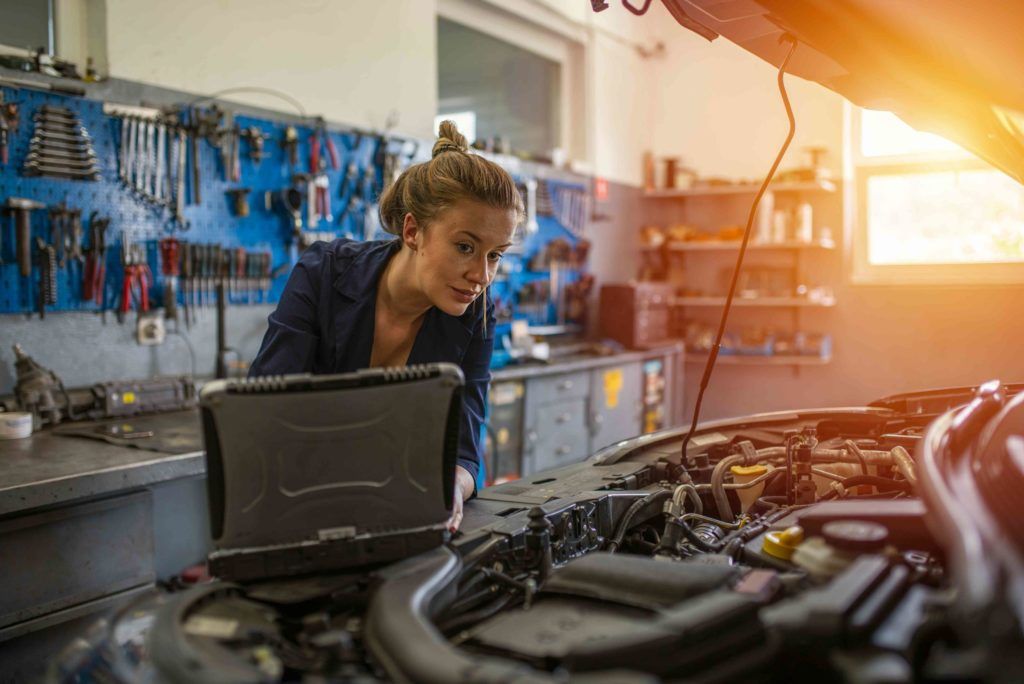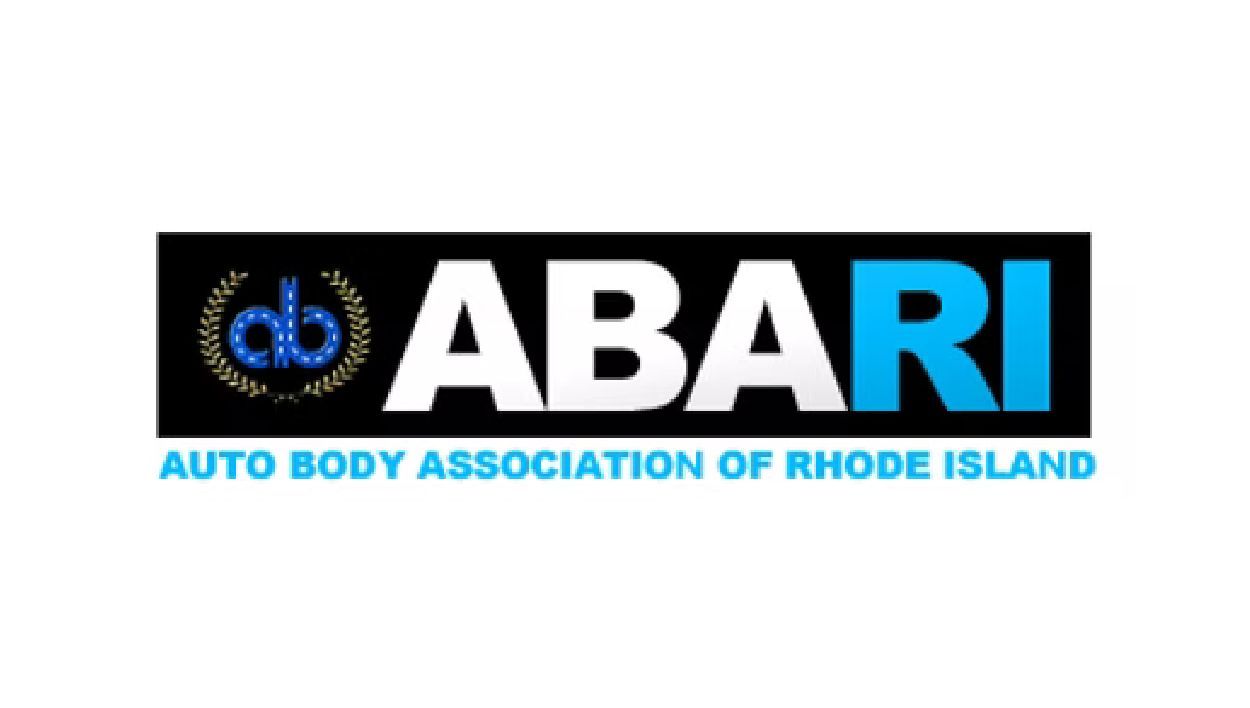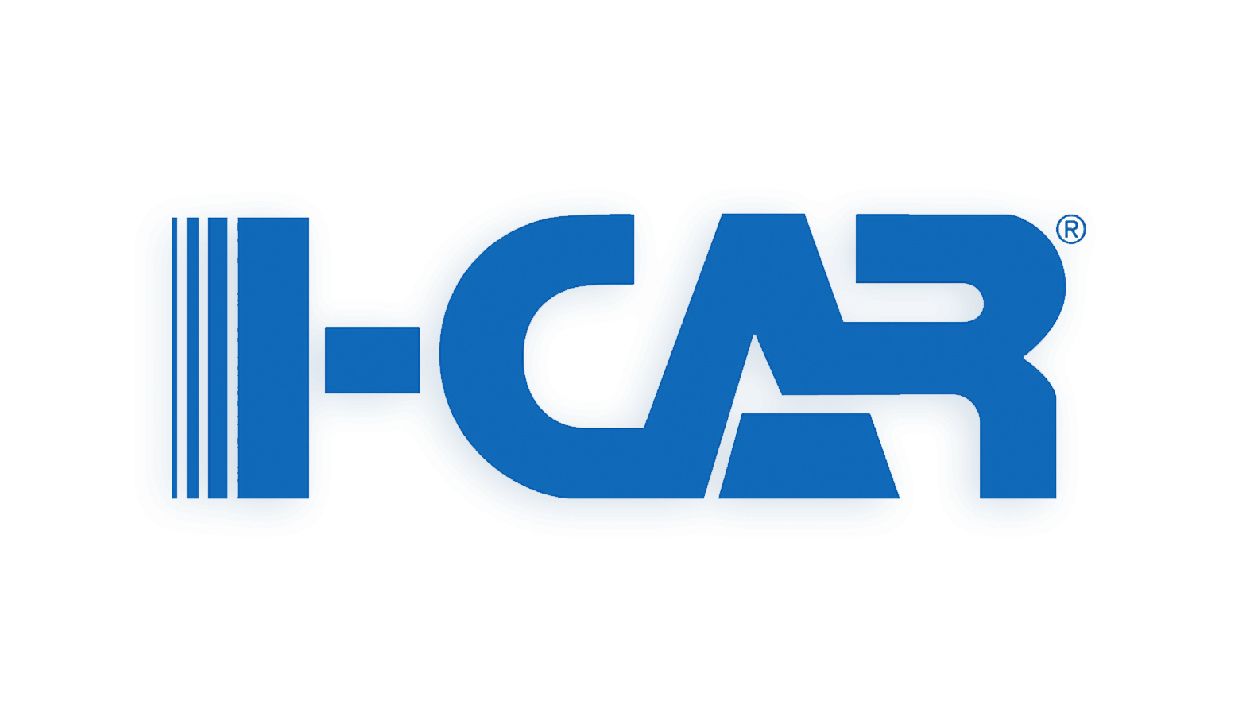April 14, 2025
In a world where cars are becoming smarter and more complex, the way we fix them is also evolving. Gone are the days when a hammer and some elbow grease were all a technician needed. Today’s collision repair industry is embracing an array of new technologies that speed up repairs and make them more accurate and reliable.
This article takes you on a journey through these exciting advancements, like AI diagnostics and
3D printing
, showing how they are reshaping the landscape of
auto body repair
. From improving efficiency to enhancing the quality of service, new tools are paving the way for a future where both technicians and customers can feel more confident in the repair process. Let’s dive into these innovations and explore what they mean for the industry ahead.
Advanced Diagnostic Technologies
In the world of collision repair, accurate diagnostics are crucial.
Advanced technologies such as artificial intelligence (AI) are revolutionizing car repairs, which previously relied heavily on the technician’s intuition and experience alone. AI-driven diagnostics can significantly streamline this process by analyzing vast amounts of vehicle data quickly and thoroughly. This approach has resulted in fewer human errors and faster turnaround times since workers aren’t spending hours attempting to piece together what’s wrong with a vehicle.
AI Diagnostics
Picture this: a technician pulls your vehicle into the shop after an unfortunate mishap. Instead of manually checking all components for possible damages, they connect it to an AI-powered diagnostic system. Sophisticated programs from companies analyze thousands of data points in real time, identifying faults nearly instantly. These systems use algorithms trained on countless scenarios, allowing them to predict problems based on patterns rather than mere guesswork.
The outcome? Not only does this technology save valuable time, but it also enhances the accuracy of repairs made. Imagine cutting down hours of diagnostics to mere minutes!
With AI stepping in to assist technicians, it ensures that every issue is pinpointed with remarkable precision.
3D Imaging Technology
Another gigantic leap is found in 3D imaging technology, which utilizes high-resolution cameras and lasers to assess damage with incredible clarity. Traditional methods may miss smaller details or barely noticeable defects that could compromise repair integrity over time. By employing 3D imaging systems, collision repair facilities can capture minute details of a vehicle’s structure.
This technique allows technicians to see potential areas of concern that are often hidden from view.
For instance, using laser beams, these systems create exceptionally detailed 3D models that allow evaluators not just to see what is obvious on the surface but also to understand underlying structural issues that need addressing. Technicians can then strategize repair tasks more accurately, thus increasing quality as well as efficiency.
This technological advancement ensures that nothing gets overlooked during the inspection process.
Automation in Repair Workshops
The impact of automation extends far beyond just robotic arms performing repetitive tasks; it is fundamentally reshaping how collision repair workshops function. From enhancing workflow efficiency to improving safety protocols, the integration of automated systems allows technicians to focus more on skilled tasks and less on mundane, time-consuming chores. In essence, automation empowers employees rather than replaces them.
Robotic Assistance
Take a look at robotic assistance, for instance. Robots are now a common sight in repair shops, handling intricate tasks like welding and painting with remarkable consistency and accuracy. These machines are programmed to replicate precise movements that human hands might find challenging to duplicate repetitively. Ford, for example, has seen incredible success with implementing robotic technology for welding! Their results show not only improved bond strength but also an astonishing level of uniformity compared to manual labor—eliminating variables that can lead to costly errors.
Innovations in Repair Materials
Technological advancements are revolutionizing not just the methods used in collision repairs but also the very materials themselves. One standout development is the increasing integration of 3D-printed parts. This technology has introduced significant advantages to the automotive industry, revolutionizing our approach to replacing damaged components.
Moving beyond just parts, consider how cutting-edge adhesives are also advancing the field of material science in repair work.
Enter advanced adhesives, which represent a leap forward that complements the use of 3D-printed materials. Developed through aerospace technology, these high-strength adhesives allow for robust bonding without traditional welding methods. Think of them as the silent heroes in repair shops: they bond various materials seamlessly while adding structural integrity that rivals conventional techniques. For example, companies like 3M have innovated adhesives specifically designed for automotive applications, which offer enhanced strength and flexibility.
The calculation is simple: these sophisticated adhesives withstand heat and moisture, offering significant weight-saving advantages that are essential in contemporary vehicle design, where every ounce matters. By eliminating the need for heavy welding equipment and methods, repair efficiency dramatically increases.
Both 3D printing and advanced adhesives empower collision repair shops to deliver higher-quality repairs while keeping pace with evolving automotive technologies.
As vehicles continue to integrate more sophisticated designs and materials—such as mixed-material bodies combining aluminum with lightweight carbon fiber—repair processes must evolve respectively. This adaptation ensures that auto body shops are prepared to handle advanced technologies that improve performance and safety features in vehicles today.
Training Programs for Modern Technicians
With advancements in repair materials and technologies, the need for continuous education in the collision repair industry cannot be overstated. Technicians must continually update their skills to handle modern vehicles equipped with intricate systems. Programs like those offered by I-CAR focus on equipping technicians with the latest knowledge and certifications needed to stay competitive. By offering specialized training modules—which encompass everything from advanced welding techniques to cutting-edge diagnostic tools—these programs create a foundation upon which technicians can build their expertise.
Though essential for individual career growth, the benefits of these educational initiatives extend beyond just the technicians—they fundamentally enhance customer satisfaction.
Continuous Education Programs
The rapid pace of technological change makes it necessary for technicians to participate in continuous education. Many states require proof of ongoing training as part of licensing renewals, a clear indicator that this profession values up-to-date knowledge. I-CAR’s structured pathway offers hands-on experience while allowing technicians to earn stackable certifications. Each module targets specific areas of expertise found in current repair practices, enabling technicians to refine their skills systematically. For example, courses may include subjects like aluminum repair techniques or electric vehicle safety, providing comprehensive knowledge that aligns with market demands.
Future Trends in Collision Repair
As we look to the future, several trends signify a transformative era for the collision repair industry. One such trend is the increasingly complex nature of vehicles, which include electric models and advanced driver-assistance systems (ADAS). These technologies are expected to change repair methodologies and elevate technician skills and knowledge. With vehicles requiring specialized parts and extensive calibration due to their sophisticated electronic systems, shops need to invest in education and technology. It’s no longer sufficient for technicians to merely know the mechanics; they must also be well-versed in electronics and software.
Electric vehicles (EVs) will undoubtedly dominate the automotive market, creating a significant shift in the types of repairs needed. The International Energy Agency predicts that electric vehicles will cover over 145 million units worldwide by 2030, indicating that repair facilities must be equipped for both traditional mechanical repairs and electrical systems. This evolution leads to a new demand for certified training programs tailored specifically for EV maintenance, including understanding battery technology and electrical safety protocols that shop owners must prioritize.
Cloud-Based Diagnostics
Cloud-based solutions represent a monumental advancement in how collision repairs are processed and implemented. Instead of relying on outdated diagnostic tools or calling customers in for preliminary assessments, technicians can now leverage cloud technology for remote diagnostics and real-time data analysis. The result means quicker turnaround times and enhanced customer satisfaction, as potential issues can be addressed even before a vehicle arrives at the shop.
The capacity to utilize over-the-air updates ensures that software glitches can be identified and treated expediently. It allows repair shops to prepare adequately for repairs based on real-time vehicle data, leading to increased efficiency. Imagine a scenario where your car’s system alerts the service center of an impending issue while you’re still driving; such proactive measures improve safety and likely influence consumer expectations positively.
Fusing these technology trends into everyday operations will help businesses like Ken Rocha Collision not just survive but thrive in the ever-evolving market landscape. Embracing electric vehicle maintenance insights alongside cloud-based enhancements will keep repair facilities competitive and responsive to customer needs.
With these advancements shaping the industry, it’s essential to understand the challenges ahead and explore how these technological opportunities can address them effectively.
Industry Challenges and Technological Opportunities
One of the most pressing issues in the collision repair sector is the severe shortage of skilled technicians. Data from the TechForce Foundation shows that nearly 642,000 automotive, diesel, and collision techs will be in short supply by 2024. This shortage stems from various factors, including an aging workforce, a downturn in new entrants into technical education, and increasing complexities of vehicle systems. As this gap widens, repair shops face not only operational inefficiencies but also delays in customer service—all of which translate to lost revenue and diminished reputation.
However, these challenges present a valuable opportunity; addressing the technician shortage can lead to investments in training and development initiatives that enhance efficiency and elevate service quality across the board.
Adoption of New Technologies
Keeping pace with rapid technological advancements presents hurdles. For auto body shop s, it’s essential to embrace change; many see it as an overwhelming maze of decisions—what should be upgraded? Which technologies are worth the investment? Understanding these dynamics is crucial because being stagnant in today’s fast-paced market can mean losing out to more adaptable competitors.
| Challenge | Technological Solution |
| Technician Shortage | Training programs and certifications |
| Complex Repairs | AI diagnostics and automation |
| Parts Availability | 3D printing |
| Electric Vehicle Repairs | Specialized tools and training |
To resolve both workforce limitations and the complexities faced during repairs, shops are turning to innovative technologies. Investing in ongoing training elevates technicians’ skill sets while reducing turnover rates. By fostering a culture of continuous learning,
collision repair facilities
equip their staff to handle complex repairs confidently.
As we explore how our industry adapts to these challenges, it’s vital to recognize that embracing technology is not just about keeping up; it’s about enhancing capabilities across all aspects of auto body work.
Embracing Innovation in Collision Repair
At Ken Rocha Collision , we pride ourselves on recognizing the importance of these developments. We continually invest in the latest technologies and comprehensive training programs to turn challenges into opportunities for growth. Our commitment guarantees that our technicians possess the necessary tools to effectively handle any repair situation, thereby offering our customers peace of mind through exceptional service.
To learn more about how we can assist you or if you need help with your vehicle’s collision repair needs, visit us at 555 Cranston Street, Providence, RI 02907 , or call (401) 222-2222 .
The post The Future of Collision Repair: New Technologies appeared first on Ken Rocha Collision.




